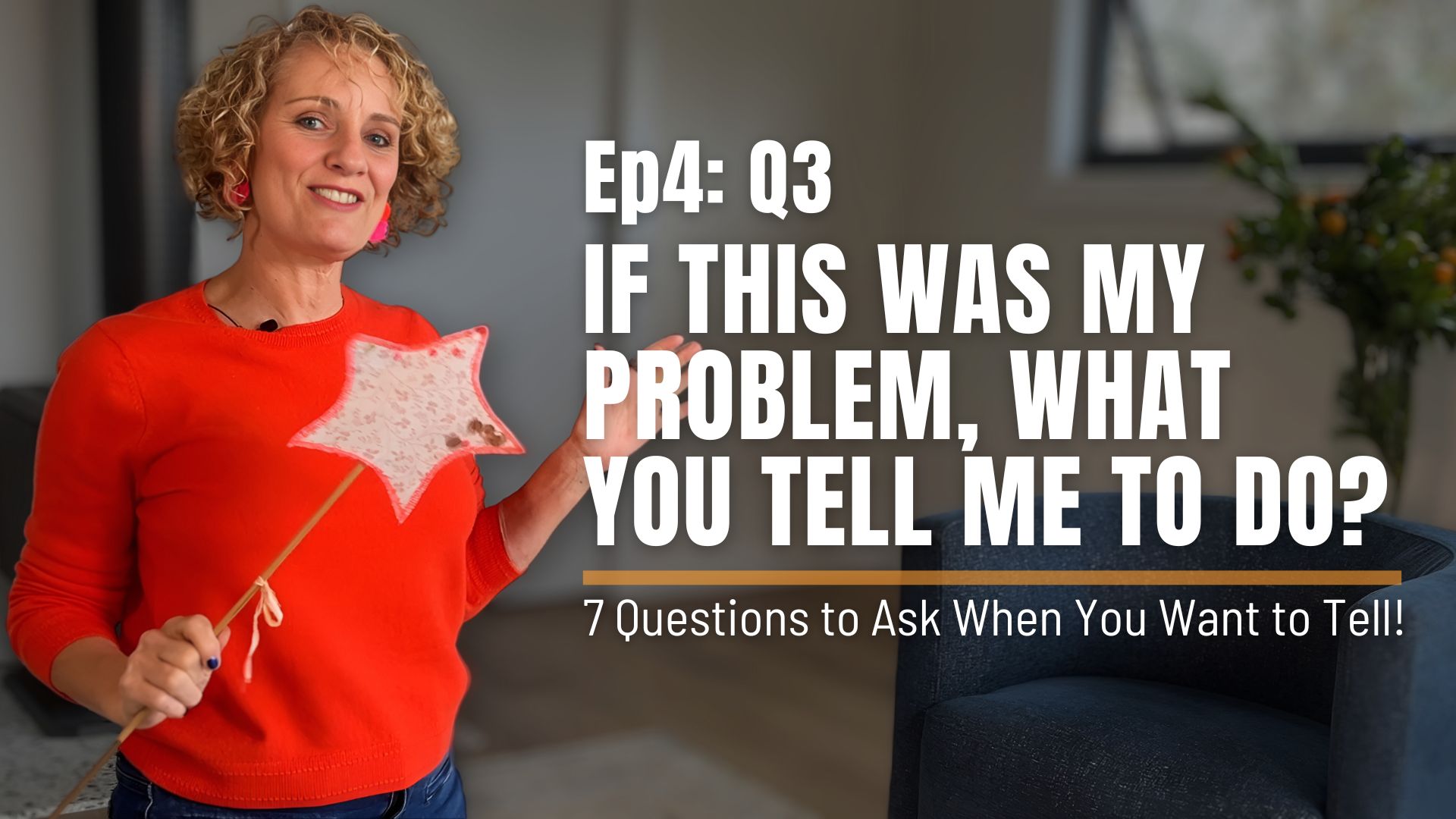
Do you recognise the Revolutionaries in your team? If you aren’t, and they don’t see enough change in the workplace, their performance will drop as their motivation plummets. You might even loose them all together.
You can pick the Revolutionary by the language they use: ’new’, ‘innovative’, ‘cutting edge’, or ’unique’. Revolutionaries are energised by change. They are the ones asking ‘What could we do differently?’ or ‘How could we shake this up?’
Another way to pick is a Revolutionary is the time they stay in a job before losing motivation and needing a change – typically remain one-three years.
Revolutionaries are at their best in environments that require rapid, sudden or continual change. They are likely to become demotivated in a stable or slow paced environment.
Their enthusiasm for significant change can cause fear and exhaustion for peers who might be more motivated by a slower pace of change.
The 3 Change Profiles
Your change profile* impacts how you see change, how you experience change, and how you communicate change. It comes from the combination of three below conscious sorting patterns that determine what you filter in and out of your attention.
Leaders who know their own change profile are able to proactively manage their own responses to change. Leaders who recognise the change profiles of others are able to effectively communicate change and influence stakeholders.
The three change profiles are:
- Stabilizer – Preference for sameness, stability, routine and maintaining the status quo.
- Evolutionary – Preference for incremental change over time.
- Revolutionary – Preference for frequent and/or significant change.
Recognising the Revolutionaries will help you pitch your change messages so they are motivated and buy into your change process.
And yes…. You also need to recognise the Stabilisers and the Evolutionaries because they need to hear their own targeted versions of your change messages before they will decide to support you.
People are complex. Change is complex. Is it any wonder that up to 70% organisational change initiatives fail**? Know yourself. Know your audience. Target your messages.
Go fearlessly
* The change patterns are a subset of motivational patterns or metaprograms. These motivational patterns are the unconscious sorting filters in our mind that determine what we pay attention to in our environment. This sorting function happens outside our conscious awareness and drives how we think, feel and act.
** Research by the Ken Blanchard group of companies – see http://www.kenblanchard.com/img/pub/blanchard_mastering_the_art_of_change.pdf
Want to know more? Download the complimentary white paper Fearless Leadership: Leading change that sticks.
STAY IN THE LOOP





